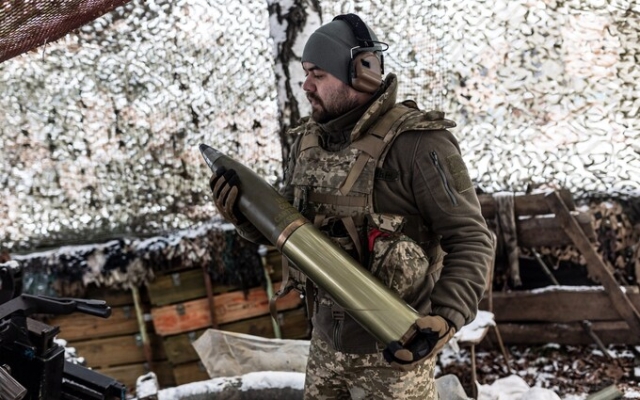 Ukrainian soldier carries an artillery shell near Kremmin, Donetsk region Photo: Diego Herrera Carcedo/Getty
Ukrainian soldier carries an artillery shell near Kremmin, Donetsk region Photo: Diego Herrera Carcedo/Getty
As the weather worsens and the front deteriorates Lines are frozen , Ukraine is struggling to secure enough artillery shells to turn the tide.
President Volodymyr Zelensky has warned that key supplies of 155mm ammunition have dwindled since fighting broke out between Israel and Hamas last month .< /p>
Both Ukraine and Russia are struggling to maintain stockpiles of shells after nearly two years of long-range duels across vast battlefields.
But Moscow recently received one million shells from its ally North Korea in 10 separate batches since August. , according to South Korean intelligence.
This helped Russian troops support a new attempt to capture Avdiivka by relentlessly bombarding the Donetsk region town with artillery fire.
At the same time, the European Union admitted that its annual target of delivering a million shells to Kiev by March next year will not be met .
The bloc supplied about 300,000 shells, mostly from national stocks. since the program started on February 9.
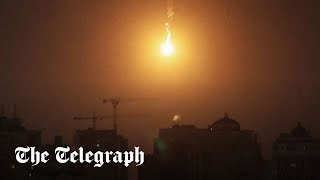
Diplomats and ministers began blaming Europe's manufacturing capabilities and failure to significantly increase production despite low numbers.
Ukraine fired about 6,000 155mm rounds per day, according to Western intelligence, while Russia fired 20,000 per day — the same amount as European manufacturers produce every month.
Rate of fire often varied depending on the situation. on the intensity of hostilities and external supplies.
The United States' release of the Dual-Purpose Improved Conventional Munitions (DPICM) cartridges alleviated some of the problems as there were significant stockpiles of these rounds.
«This helped alleviate concerns about artillery ammunition shortages, especially in light of commitments in Israel,» said Justin Crump, CEO of strategic intelligence company Sibylline.
Artillery ammunition is one of Ukraine's key demands as it negotiates with its Western allies to support its military efforts.
Kiev recently received a promise from Germany to supply more 155mm shells as part of a €1.4 billion military aid package.
Meanwhile, the US is rushing to ramp up production of the shells to replenish ammunition stocks that are currently dwindling both Ukraine and Israel.
Earlier this month, the US Army called on Congress to approve $3.1 billion in funding for the purchase of 155mm rounds. artillery shells and expansion of production.
Of the $3.1 billion earmarked for 155mm artillery, about half will go toward building industrial capacity and the rest will go toward purchasing ammunition, said Doug Busch, the U.S. Army's chief weapons buyer. .
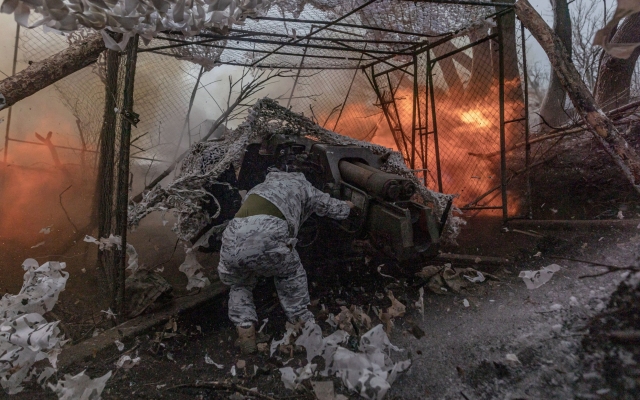 A Ukrainian soldier fires artillery while the war continues in the direction of Bakhmut. Photo: Diego Herrera Carcedo/Getty
A Ukrainian soldier fires artillery while the war continues in the direction of Bakhmut. Photo: Diego Herrera Carcedo/Getty
The US plans to increase production of 155mm artillery shells to 100,000 per month. But it is not expected to reach that goal until 2025.
The slow pace at which allies are ramping up artillery production means Ukraine is unlikely to tip the scales on the battlefield.
However, experts say that he will most likely be able to hold on.
“[Ukraine] could certainly use more, but for now both sides have sufficient supplies to sustain the fight, although rarely to move the front line in the current environment,” Mr. Crump said.
< p>In response to repeated requests from Kiev, Western governments say they are seeking to equip Ukrainian forces with better long-range weapons systems.
The introduction of the Storm Shadow air-launched cruise missile, donated by Britain and France, as well as the tactical The US Army Missile System (ATACMS) significantly helped overcome Russia's numerical advantage.
The Kremlin's artillery advantage has increased. was gradually undermined over almost 20 months of fighting: Russian troops lost about 600 guns and launchers.
Moscow is believed to be losing four times as many artillery systems as Kiev on the main axes of the southern counteroffensive.
But still, without shells, Ukraine will neither be able to hold back Russia’s offensive nor attempt to attack in the future.
The situation is a growing concern, Mr. Crump said, as the Cold War-era glut of artillery ammunition led to plant closures.
“With stocks of all types dwindling and replacement lead times long, this is really creating a point vulnerabilities of the West, which should be of concern to policymakers,” he added.
“We need three victories.”
Mr Zelensky on Friday outlined three key “victories” his country needed to win at the international level. front, two of which were devoted to arms supplies.
“We need three wins. The first is a victory over the US Congress. This is a challenge, it’s not easy, but Ukraine is doing everything,” Zelensky said at a press conference in Kiev.
President Joe Biden asked Congress to approve multibillion-dollar aid to Ukraine, but Kiev funding was excluded from the temporary spending bill. passed last week, raising fears it may fail amid stiff opposition from a vocal bloc of Republicans.
Mr Zelensky has also focused on the 50 euro. billion-dollar package from the EU, which was previously announced for Ukraine, but has not yet been approved and which Hungary is still opposing.
“The second [victory] is that we need EU help on the euro issue. A package worth 50 billion,” said the Ukrainian leader. “And the third is to start a dialogue about our future membership.”
Kyiv hopes that members of the European Union will agree at a summit on December 14-15 to formally begin the long process of negotiations on Kyiv’s accession. bloc, and this step, according to Zelensky, will improve the morale of Ukrainians.


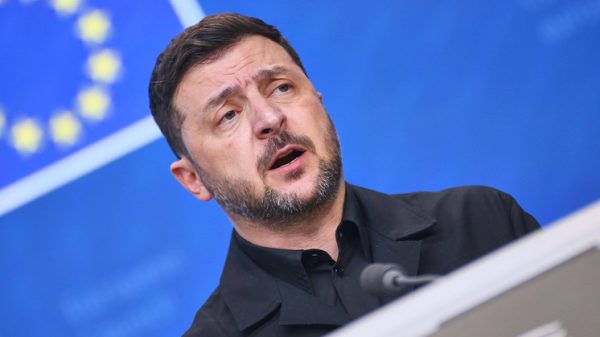




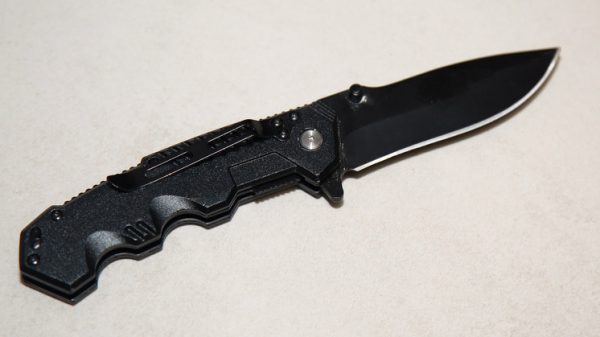


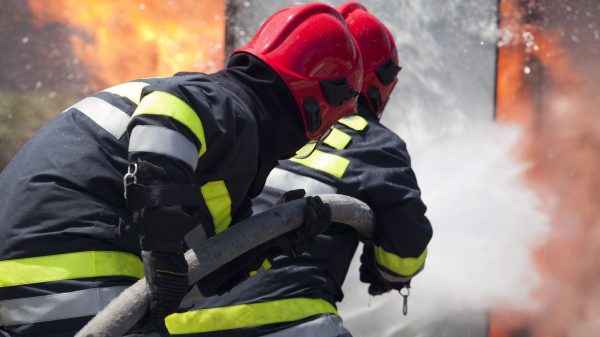







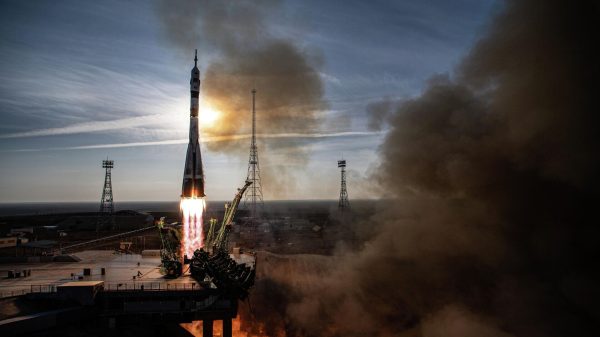














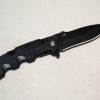


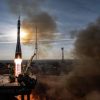

















Свежие комментарии